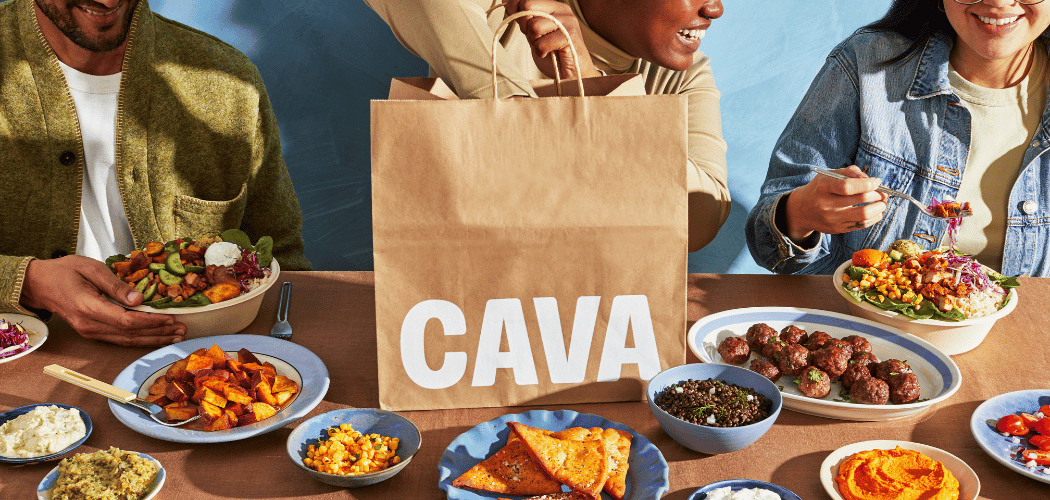How Cross-Basket Analysis Can Help Brands Better Understand Customers
Brands must close the Customer Gap
There is no more daunting challenge for marketers than selling products through a tiered or distributed sales environment. Products sold through channels or distributors by the manufacturer and are then “resold” to become inventory that sits on a retailer shelf. Tracking sales in this environment is easy enough, but the data is flawed. The numbers are aggregated by product number, quantities, and dates, but the data-point that’s missing is probably the most important in the long run – the customer who ultimately purchased the product.
The retailers that make the final sale are the ones with the opportunity to connect customers with product purchases. This is only an opportunity as many retailers are limited to analyzing their customer base on an anonymous basis. Without some form of permission-based program, the retailer must live with customer averages. In doing so, they lack the ability to understand enough about individual customers to be able to market to them in a more effective manner.
Athletic shoe retailer Nike has led the way in executing a strategy to close the information gap and make direct connections with customers. During the past two years, Nike has severed ties with multiple retail outlets and is now fully pursuing a direct to consumer (DTC) model. That strategy is being followed by other fashion brands but it’s a strategy that is not available to all product manufacturers, namely the “CPG” brands that supply consumers most of the consumable products that are valued in daily living.
So, while some brands like Nike can close the customer gap, others, like Coca-Cola, Lays, Hershey’s, Reese’s Nestle, Pillsbury, Kellogg and many more have only partial answers. While these brands can’t escape their distributed sales model, they can create loyalty programs to collect end-user (consumer) information.
Cross Basket Marketing
Through loyalty programs, CPGs can obtain sales data for their own products and aggregate anonymous cross-basket data from data aggregators but can't associate any of that data with their individual customers. An additional shortcoming of this aggregator model is that it is built to serve the larger CPG firms and smaller brands may not have the resources or staff to access the service. Remember that POS retailers cannot be depended upon to submit receipts on behalf of consumers for competitive reasons and data protections.
Gaining access to the full receipt and connecting that receipt information to individual customers is the only practical and efficient way to create cross basket, personalized data. And having this data is the only way to effectively grow wallet share.
When a CPG is able to identify cross-basket purchases, they gain insight into customer behavior, preferences, and purchasing patterns, which can be used to optimize pricing and promotions. The challenge is that cross-basket insights are challenging to obtain, and at best are costly and delayed.
The How To’s of Cross Basket data collection
Collecting this data through receipt validation requires care in execution. To get started, remember these key steps:
- The customer should be registered with the Brands loyalty program in order to submit receipts that would prove valuable for the brand
- Brands need to provide incentives that encourage customers to participate and show worthwhile value to hurdle obstacles to participation
- Friction must be minimized – the customer role in receipt validation has to be made as easy as possible. Willingness to participate in receipt scanning programs increases sharply as processes are made simple and transparent.
- Incentives must be matched for impact by creatively designing campaigns and rewards, loyalty marketers can increase participation incentives for program members. Incentives offered can range from points to discounts on future purchases. For example, a beverage company could cross-promote a second beverage brand to a loyal customer by offering a coupon, so that the customer would receive a discount in addition to the normal loyalty points for the second beverage.
Executing well can eliminate the hassle and cost of using clearing houses and turn purchase validation into a real-time activity. Veryfi’s Lens technology is one example that can help. The technology can be added to any loyalty app and is designed to make receipt capture as frictionless as possible, whether it's mobile or on the web.
Cross Basket data Benefits
The key benefits of creating a cross-basket view of your customer activity yields multiple benefits:
- Purchase receipt validation
- Increased share of wallet
- Improved understanding of customer behavior
- Price optimization
- Efficient promotional planning and investment
Companies like Veryfi offer receipt capture technology to identify and link items purchased together on receipts, across the customer’s entire basket. VP Marketing Dave Van Everen commented “for CPG brands, cross-basket insights associated with individual customers is only possible through receipt capture as part of a loyalty program.”
With the addition of technologies like Veryfi Lens, it is easier for consumers to provide, and brands to obtain, cross-basket receipt data – even from those notoriously long receipts from pharmacy and grocery retailers!




